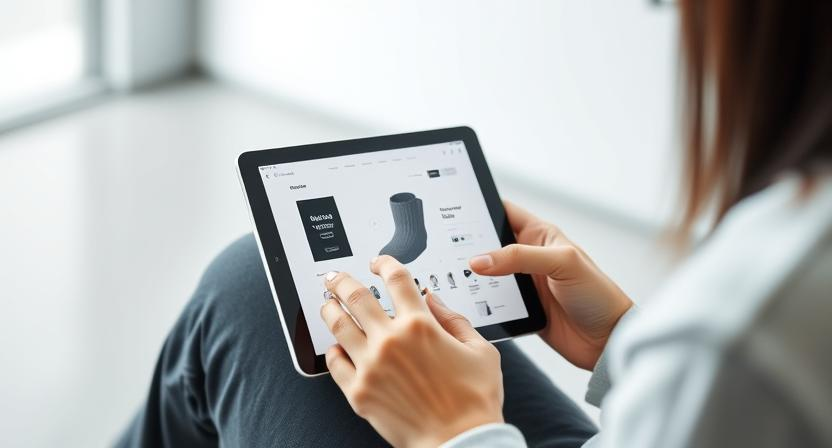Ever bought something online and thought, “This looks NOTHING like the picture!”? Yeah, we’ve all been there. But what if there was a way to bridge that gap? 3D product modeling ensures what you see online mirrors reality. That trendy jacket that looked high-end but felt like tissue paper. That “spacious” storage box that barely fits your socks. And let’s not even talk about that suspiciously cheap sofa that arrived looking like dollhouse furniture.
22% of online shoppers return products because they look different in person than they did online. Another 30% complain about inaccurate product descriptions. In an era where online shopping is king (e-commerce sales are projected to hit $7.4 trillion by 2027), customers are demanding more accuracy.
That’s why brands are investing in this game-changing tech. No more “Oh, I thought it was bigger” moments. The shift to hyper-accurate visuals isn’t just a trend—it’s becoming the standard. So, grab a coffee (or a snack), and let’s dive into the future of online shopping together.
The Magic Behind 3D Product Modeling (No, It’s Not Witchcraft)
Imagine walking into a store where you can spin a product, zoom in, and see every tiny detail before buying. That’s exactly what 3D Product Modeling does, but online. It turns boring flat images into interactive 3D experiences, making online shopping feel less like gambling and more like shopping.
Here’s how it works:
- Designers use 3D product modeling software to create hyper-realistic models of items.
- These models are then placed on e-commerce sites.
- You, the shopper, get to rotate, inspect, and zoom in on products like never before.
Cool, right? But wait, it gets better.
The Evolution of 3D Product Modeling: From Concept to E-Commerce Revolution
3D Product Modeling wasn’t always the polished, hyper-realistic tech we see today. It started as a tool for architects and animators, helping visualize buildings and movie effects. However as e-commerce exploded, brands realized its potential for online shopping.
Back in the early 2000s, most online stores relied on static images and vague descriptions. Then came a 360-degree image, offering a semi-interactive experience. But it wasn’t enough. Shoppers still faced surprise purchases and not the good kind.
Fast forward to today: This has evolved into an immersive experience, allowing customers to interact with products before buying. Retail giants like Amazon, Nike, and IKEA now use it to enhance accuracy, reduce returns, and boost customer trust. In fact, a study by Deloitte found that interactive 3D models increase customer engagement by 40% compared to static images.
With the rise of AR (Augmented Reality) and VR (Virtual Reality), the future of 3D modeling isn’t just about seeing a product, it’s about experiencing it in your space before purchasing.
Why Online Stores Are Obsessed with 3D Product Modeling

Let’s be real. Online shopping is fun, but it’s also a little scary. According to Shopify, 22% of online returns happen because the product looks different in person.
Brands hate returns. Customers hate surprises. Solution? 3D Product Modeling.
Here’s why big brands are all over this:
1. More Sales
Shopify found that products with 3D models convert 250% better than flat images.
2. Fewer Returns
Shoppers know exactly what they’re getting. Less “Oops, wrong color” moments.
3. More Trust
Customers feel more confident buying when they can inspect products like they’re in a store.
3D Product Modeling Software: The Tools Behind the Magic
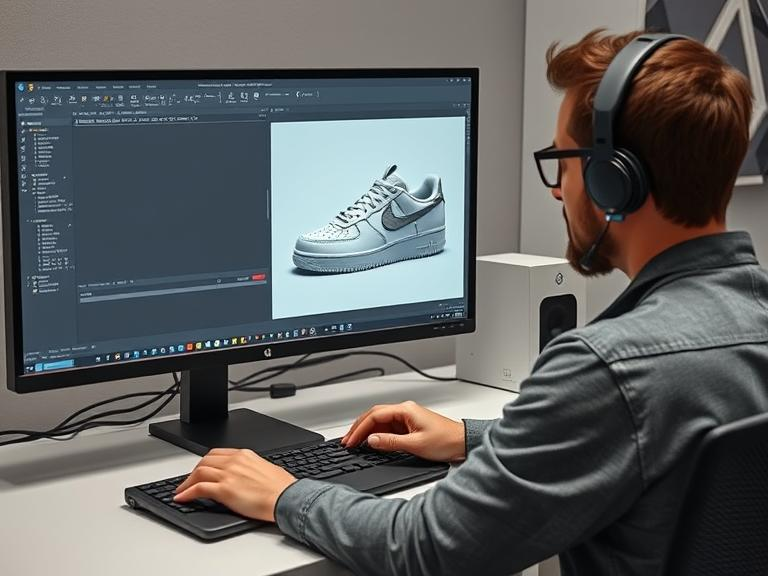
Okay, so how do brands actually create these stunning 3D models? They use some powerful 3D product modeling software.
Here are some of the top tools out there:
1. Blender
Free, powerful, and loved by designers worldwide. But, warning: it has a learning curve.
2. Autodesk Maya
Hollywood uses it for CGI. E-commerce brands use it for jaw-dropping 3D product models.
3. CLO 3D
Perfect for fashion brands. See how a dress fits before even making it.
Nike uses 3D modeling software to prototype shoes before they hit production. Saves time. Saves money. Reduces waste. Win-win-win.
3D Product Modeling Services: Because Not Everyone’s a Tech Wiz
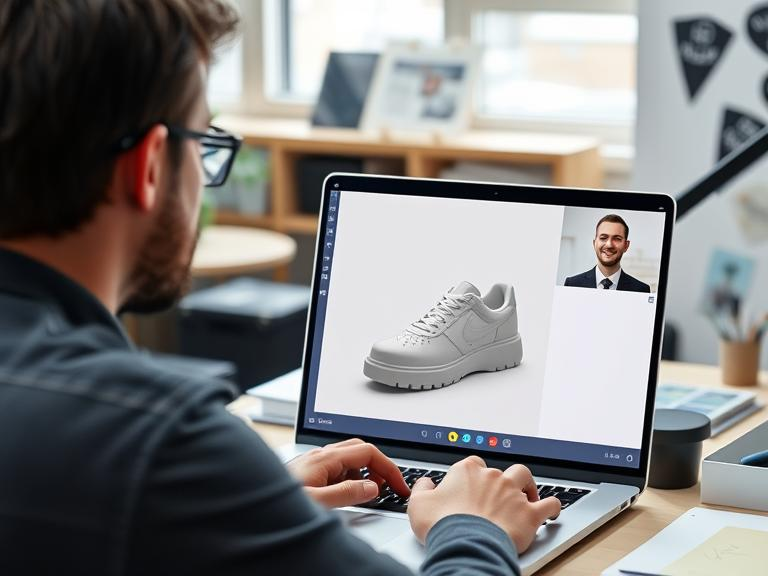
Not a designer? No problem. Many companies offer 3D product modeling services that take care of everything for you.
Top companies offering 3D modeling services:
1. TurboSquid
Huge marketplace for pre-made and custom 3D models.
2. Fiverr & Upwork
Thousands of freelancers are ready to turn your product into a 3D masterpiece.
3. CGTrader
Specializes in 3D models for e-commerce and gaming.
Whether you’re a big brand or a small business, these services make 3D Product Modeling accessible to everyone.
How 3D Product Modeling Works with Augmented Reality (AR) & Virtual Reality (VR)
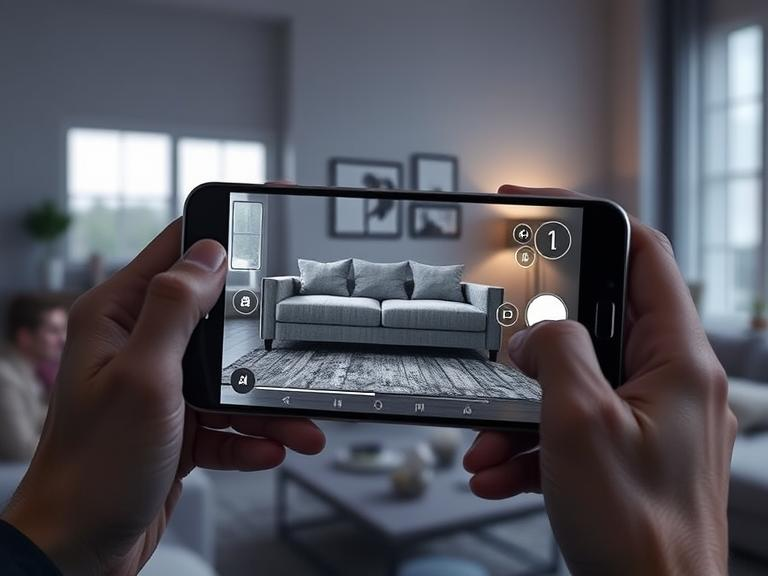
Want to take online shopping to the next level? Pair 3D Product Modeling with AR and VR.
1. Augmented Reality (AR): Try Before You Buy
Imagine holding your phone up and seeing a virtual couch in your living room before buying. That’s AR in action. Brands like IKEA, Sephora, and Apple use AR to let customers place products in real-world environments before purchasing. According to Google, AR-enhanced shopping experiences increase customer confidence by 94%.
2. Virtual Reality (VR): Immersive Shopping Experiences
VR takes things further, creating fully immersive shopping experiences. Picture walking into a virtual clothing store, picking up products, and trying them on, all from your home. While still emerging, brands like Gucci and Tommy Hilfiger are already experimenting with VR stores.
Why This Matters for
- AR & VR rely on 3D models to create realistic product interactions.
- Customers get a near-physical shopping experience without leaving home.
- Future-proofing e-commerce: As AR & VR adoption grows, brands using 3D modeling now will lead the next retail revolution.
With Apple Vision Pro and Meta’s VR projects advancing, 3D Product Modeling + AR/VR is shaping the future of shopping. Ready or not, it’s happening.
AI in 3D Product Modeling: Because the Robots Are Taking Over (Sort Of)
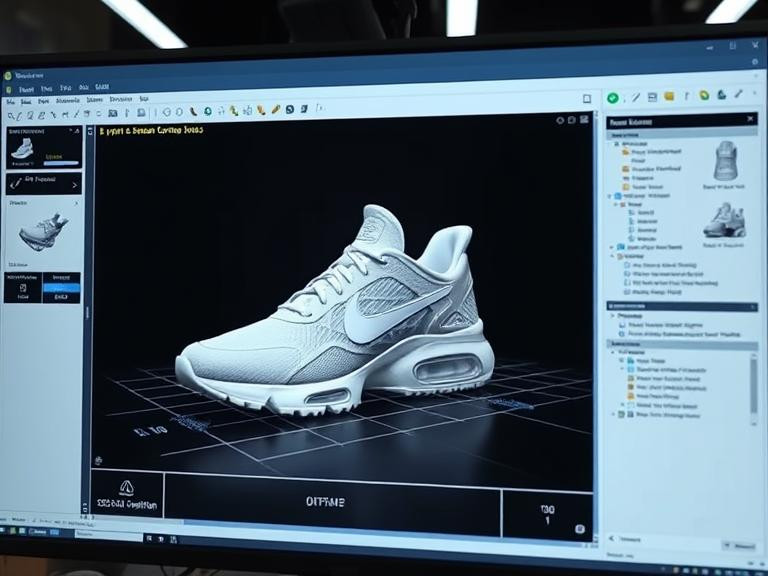
You knew this was coming. AI is changing the game.
1. Faster Modeling
AI-powered tools like Kaedim and Meshy generate 3D models in minutes instead of days.
2. Automated Adjustments
AI detects errors and fixes them. No more wonky angles.
3. Personalization
AI lets brands create real-time customized 3D products for shoppers. Imagine seeing how a custom sneaker looks BEFORE ordering.
According to Statista, the AI market in 3D modeling is expected to hit $20 billion by 2030. Yeah, it’s a big deal.
How 3D Product Modeling Transforms Online Shopping (For You and Me)
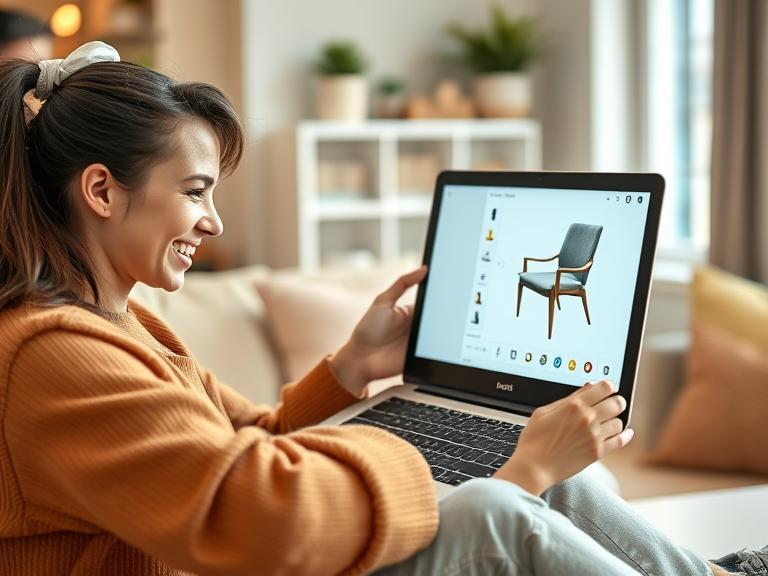
Okay, so we know brands love 3D Product Modeling, but what about shoppers? How does this tech make YOUR life easier?
1. Try Before You Buy
Ever wished you could “try on” furniture in your home before buying? IKEA lets you do exactly that with 3D models in their app.
2. Say Goodbye to Return Hassles
Less guessing = fewer returns. Less stress for you, fewer headaches for brands.
3. Shopping Becomes Fun
Who doesn’t love playing with 3D models? Shopping feels more like a video game than a chore.
The Future? 3D Product Modeling is Just Getting Started
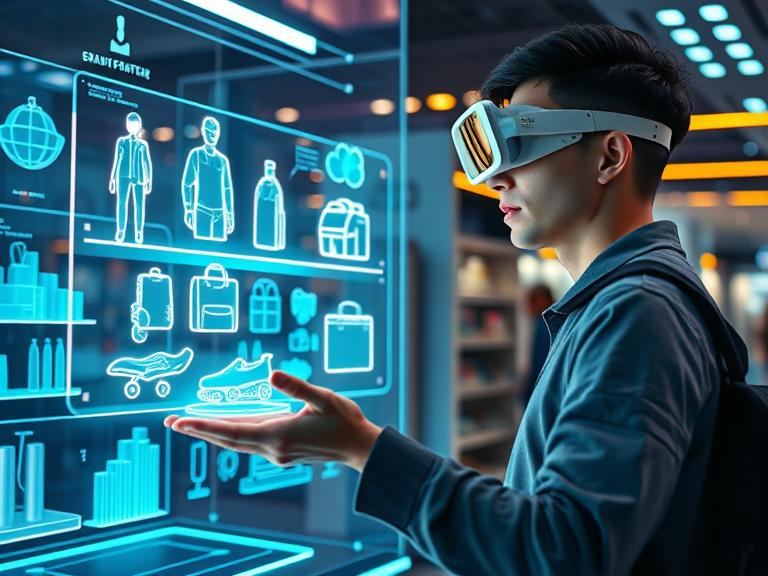
Big brands are already in. But what about smaller businesses? The good news: 3D Product Modeling services and AI tools are making it more affordable than ever.
We’re heading toward a future where flat images are extinct. Soon, EVERYTHING you buy online will be interactive and 3D.
So next time you shop online and spin a product 360 degrees, remember, this isn’t magic. It’s 3D Product Modeling and it’s transforming how we shop.
The Business Benefits of 3D Product Modeling: More Than Just Eye Candy
Let’s get one thing straight: 3D Product Modeling isn’t just for aesthetics, it’s a business game-changer. Brands investing in this technology are seeing higher conversions, stronger brand loyalty, and reduced costs.
1. Higher Conversion Rates
A study by Shopify found that products with 3D models convert up to 250% better than those with static images. The more interactive the experience, the more confident shoppers feel.
2. Reduced Cart Abandonment
One major reason customers abandon carts? Uncertainty. They’re unsure if a product will meet their expectations. 3D models provide clarity, reducing hesitation and increasing completed purchases.
3. Lower Return Rates = More Profit
Returns aren’t just a hassle, they’re expensive. According to the National Retail Federation, returns cost U.S. retailers over $816 billion annually. With 3D modeling, customers get exactly what they expect, leading to fewer returns.
4. Competitive Edge in E-Commerce
With more businesses shifting online, competition is fierce. Offering 3D interactive models sets brands apart, creating an engaging experience customers remember.
For businesses, it’s simple: Investing in 3D Product Modeling isn’t an expense, it’s a revenue booster.
Final Thoughts
3D Product Modeling isn’t just a trend, it’s revolutionizing online shopping. By offering interactive, hyper-realistic product views, it enhances customer confidence, reduces return rates, and boosts conversions by up to 250%. Brands investing in this technology gain a competitive edge, providing shoppers with an engaging, almost in-store experience. As AI, AR, and VR continue to advance, 3D modeling will become the new standard, transforming how we browse, buy, and experience products online. The future of e-commerce is immersive, and businesses that embracing this today are setting themselves up for success tomorrow.
